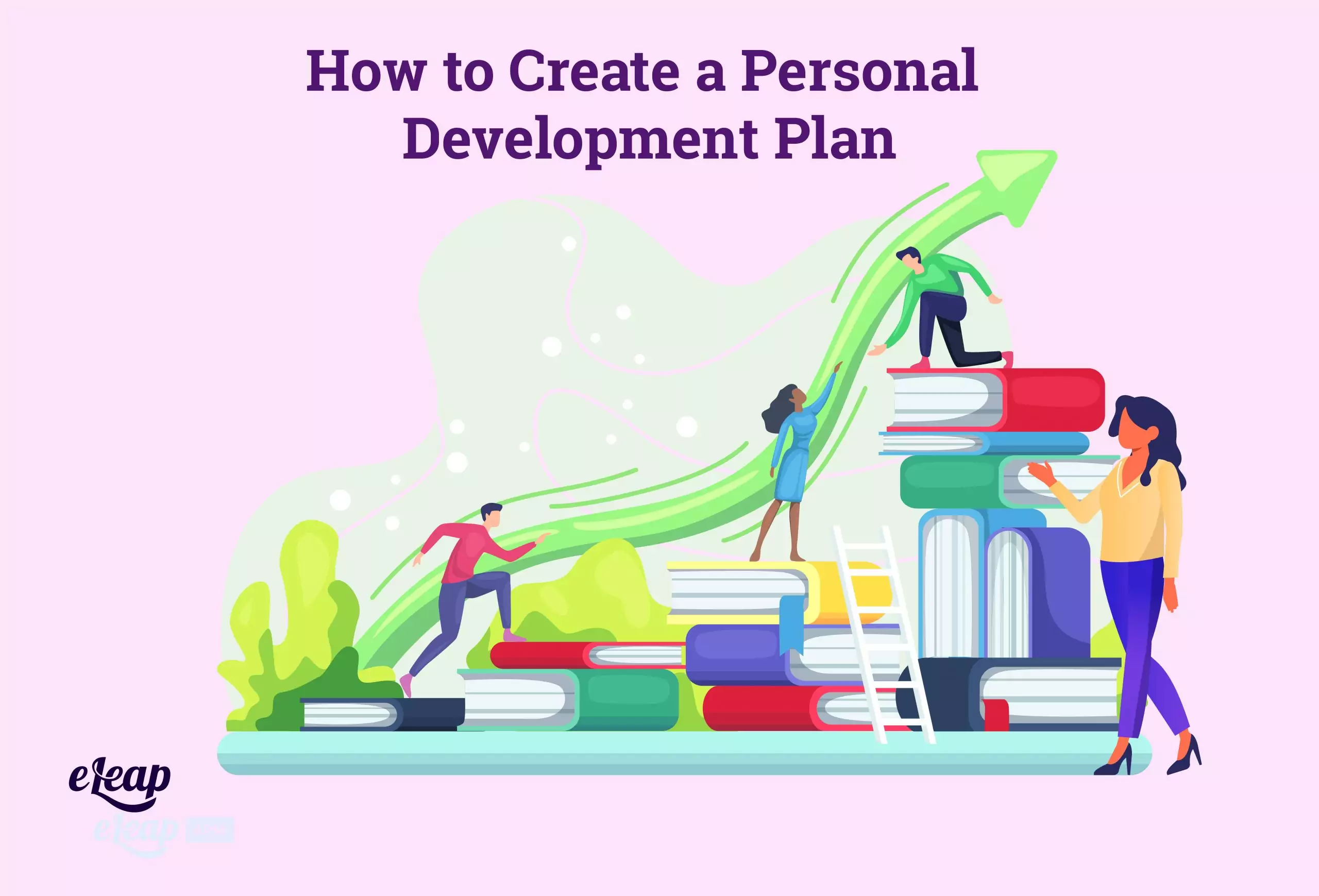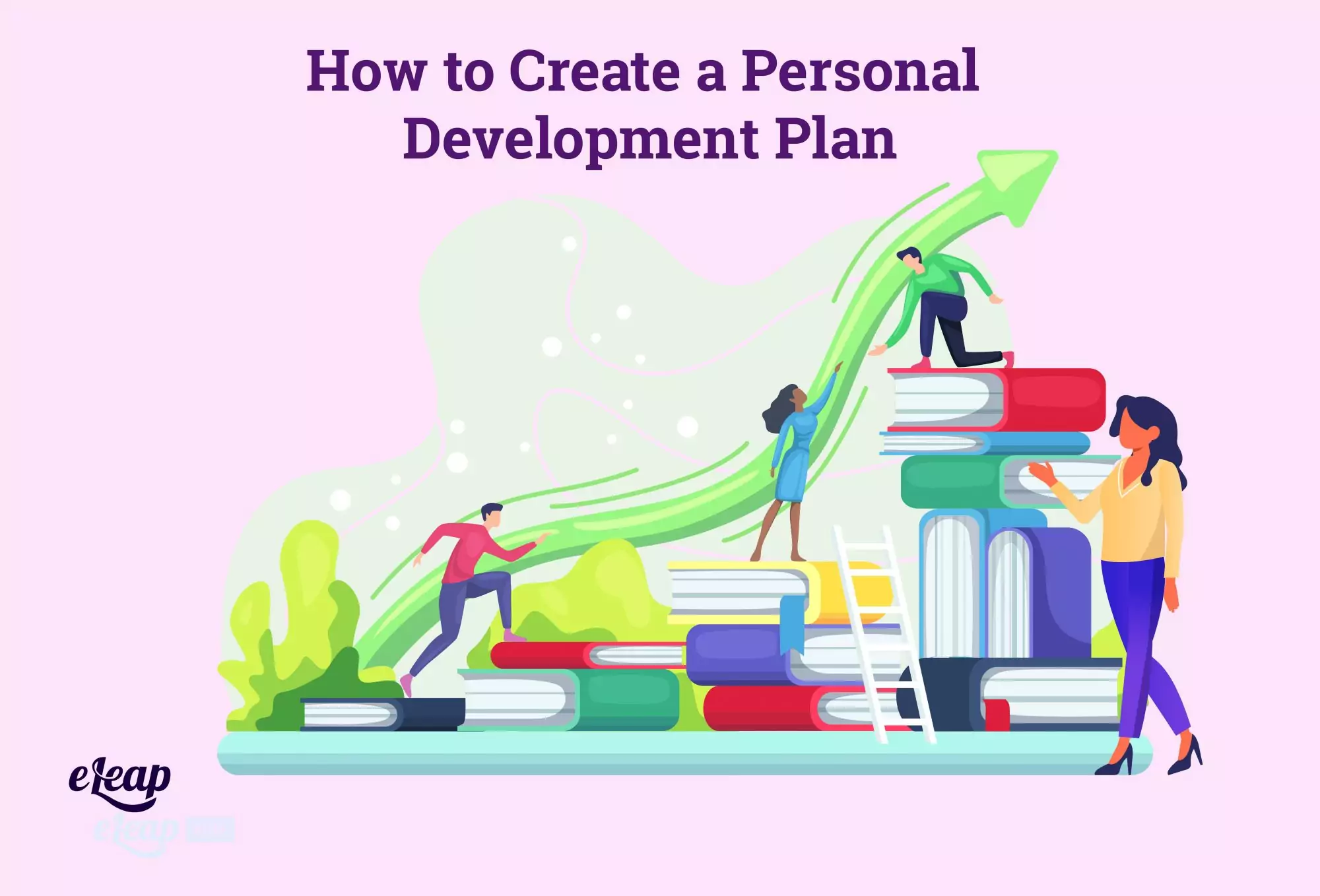How to Create a Personal Development Plan

Learning and development (L&D) initiatives are critical to overall business success. However, all too often, we forget that L&D should actually focus on the learners rather than on preferred business outcomes. Yes, you need to teach X so the business can achieve Y, but your learners are the reason, the motive power within the organization, so, logically, we help them achieve milestones that matter to them personally, as well as ticking the boxes on things like mandatory corporate training or professional CE. Start by creating a personal development plan for your learners.
The key to helping employees become their best selves is not having an advanced LMS (although that will be a great aid), nor is it having custom training content (although custom content is important). It is having the ability to help employees chart a path forward – to develop goals that mean something to them personally and therefore have an impact on the organization.
https://www.eleapsoftware.com/whitepaper/the-skeptics-guide-to-employee-development-ebook/
The key here is being able to create a personal development plan, or what Tony Robbins calls a “personal growth plan.” Other names for the same thing include “individual development plan” and “personal growth and professional development plan.” Despite the difference in nomenclature, they all boil down to essentially the same thing – a roadmap that helps employees advance toward important goals, build skills they need in their personal and professional life, and generally achieve success in a way that means something to them.

Creating a Personal Development Plan
Creating a personal development plan is not particularly complicated, although it will require following a few specific steps. We have outlined these below:’
Vision
Begin the planning with an idea of what the employee wants to achieve. What is the ultimate goal of the plan? Will the journey culminate in professional certification of some sort? Will it end with new life skills? The employee should answer just a couple of questions here:
- What do you want to achieve? This speaks to the results of the plan. Once you define the results, it becomes possible to chart a course toward them via meaningful milestones and steps.
- Why do you want to achieve it? This speaks to employee motivation. Ideally, motivation should be something with deep meaning; it must transcend nebulous ideas like “to make more money,” which ultimately mean little or nothing.
Determine the Necessary Skills
Next, it is necessary to determine what skills are necessary to achieve that ultimate goal. For instance, if the employee sets a goal of learning how to do mindfulness meditation, some of the skills that might be necessary include:
- The ability to follow the breath
- The ability to observe thoughts and let them go
- The ability to sit quietly for minutes at a time
This is just a basic example, but it applies to every situation, from mastering a new skill for the job to earning advanced credentials or improving overall emotional intelligence and balance. Skills are the building blocks of achievement and by determining what skills are necessary, you can begin breaking the personal development plan down into segments.
Identify the Starting Position
Once you have an idea of what skills are necessary to achieve a particular goal or outcome, it’s necessary to determine where the employee is starting from in terms of existing skills, aptitudes, and capabilities. For instance, if an employee wants to become a data processor, a key skill is going to be 10-key speed. If the employee already has excellent speed on the keypad, they will begin farther down the path to success than an employee who has never developed that skill in the first place.
It goes deeper than just determining existing skills, though. Everyone has natural aptitudes – some people are better with numbers than others, while others are better with words. Yet others are more apt in the world of physical performance, while others have better mental agility. Define the employee’s aptitudes and abilities, and then map those to the skills necessary to achieve the plan’s ultimate goal.
Start with Just One Skill
It is tempting to begin the journey by focusing on developing several skills at once. However, this is a mistake. Attempting to do too much at once can be dangerous, even harmful in some situations. For instance, an employee who attempts to master numerous new skills will progress slowly. That can lead to feelings of frustration and disengagement, ultimately sabotaging forward progress.
Instead, identify one core skill and focus on mastering that one. Then move on to another, and then another. When possible, ladder skill advancement so that there is a logical progression from one to the next (i.e. this skill is required for that skill, so it should come first).
Add Experiential Development
Many times, personal and professional development hinges on inculcating new skills through theoretical learning. This gives an employee a working knowledge of the skill, but it is rarely enough for real mastery. For that, experiential development is necessary.
Often called “hands-on” experience, this type of development is where the rubber meets the road, so to speak. It requires that the employee put their knowledge into action in the real world, solving problems, or working toward a particular goal. Without experiential development, an employee’s knowledge remains limited to theory and they will never attain real master, making further development difficult.
Set Deadlines
A personal development plan is all well and good, but without deadlines, there may be no impetus to move forward. In some situations, that is fine, such as when an employee must master complex ideas or complicated skill combinations. However, even in these situations, some form of time constraint helps encourage employees to keep moving. It creates tension or a sense of urgency that helps employees prioritize learning and development.
Planning for Success
Personal development is the other side of the professional development coin. They are interrelated – you cannot have one without the other. Creating personal development plans for employees will help ensure that they can develop holistically, that they are motivated to pursue success, and that they are deeply vested in the outcome of their training.